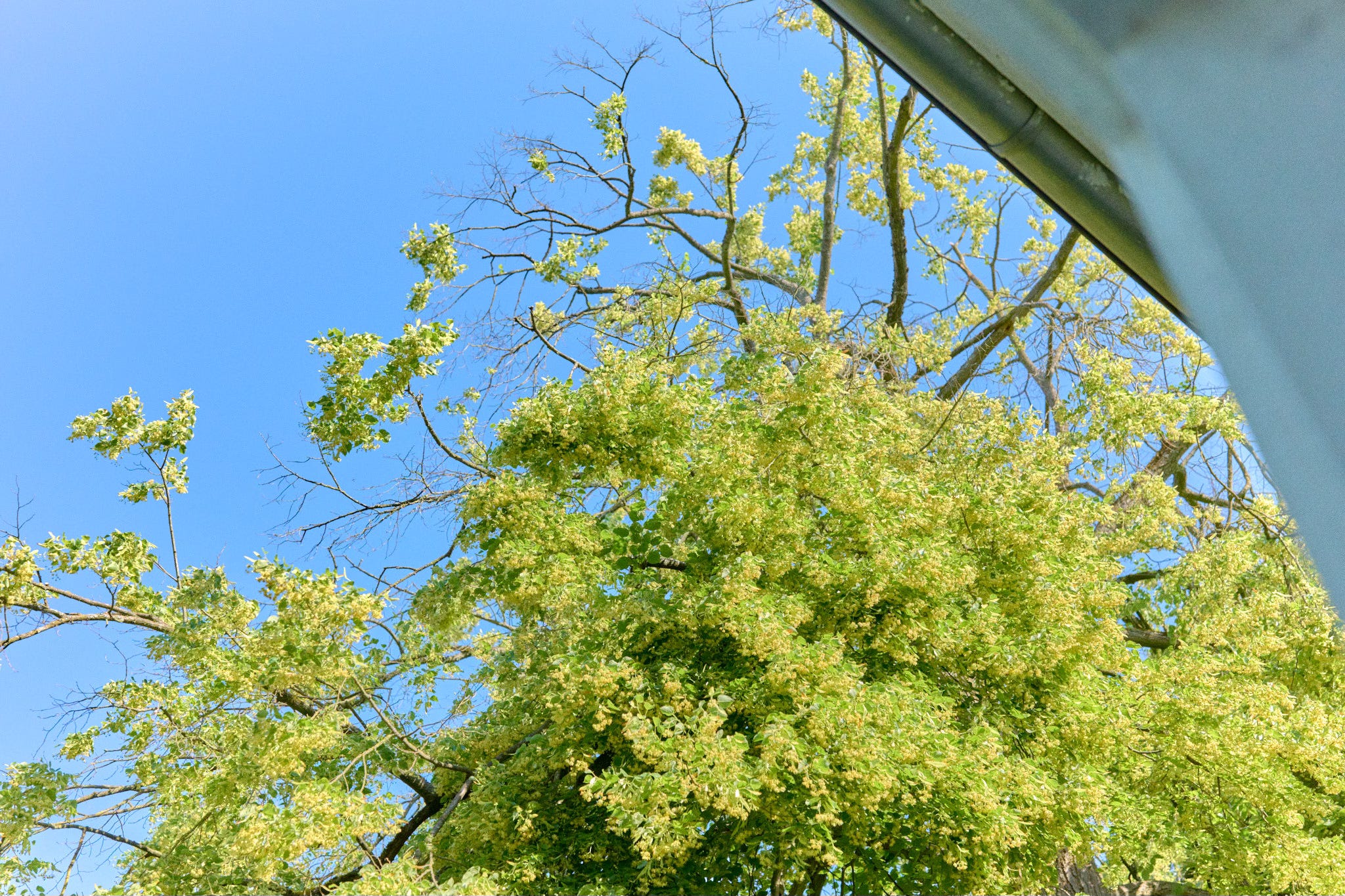
This article is more than a year old. New developments made it essential to update the text.
My beloved lime tree’s canopy stands nearly bare in mid-June. Where millions of heart-shaped leaves should dance in summer's warmth, only skeletal branches remain, scattered with the few survivors of whatever plague has befallen it. The beacon of changing seasons has become a monument to vulnerability.
Lime trees offered something unique
While oaks and beeches in the neighbourhood maintain their sturdy green canopies, my lime tree tells a different story this summer. In healthier summers past, this tree would burst into life with millions of yellow blossoms, painting the street in shades of warm, yellowish-green. Now, its sparse crown reminds me that even our most reliable seasonal markers can fail.
Johann Wolfgang von Goethe wrote in his Theory of Colours in 1810:
"Our eye finds absolute satisfaction in it (green). When both mother colours (blue and yellow) are balanced in the mixture so that neither is noticeable in front of the other, the eye and the mind rest on this mixture as on a simple one."
What happens when that green simply isn't there?
Lime trees are disappearing from our cities
My tree's struggle reflects a broader truth. Lime trees face mounting pressures in urban environments. Aphids, drought stress, pollution, and soil compaction take their toll. Their sticky honeydew and maintenance demands have made them less favoured for new plantings. Mostly ageing lime trees remain in urban areas while their gradual decline marks the end of an era when cities prioritise convenience over beauty.
Lime green: absence as presence
Lime green persists in colour catalogues, though now as homage to fruit rather than tree. The vibrant green of the lime is warm and saturated, telling stories of cocktails and tropical abundance. My lime tree offers different aesthetics - nearly leavless branches against sky, a green story written in absence.


